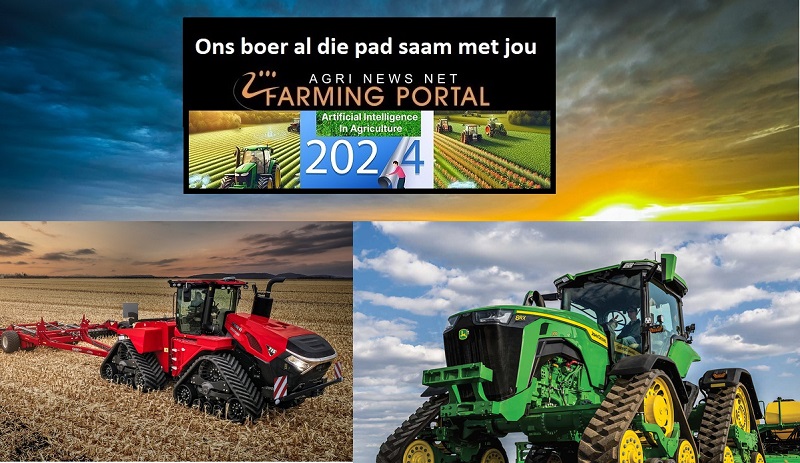A global model of food and water supply indicates that, under current policies, farmers will struggle to meet future food demands, with the world's poorest people suffering the most. Without better water-related investments and policies, a severe water crisis could trigger a food crisis. However, adopting sustainable water-use strategies—through efficient policies, technologies, and incentives—can help ensure global water and food security.
The growing demand for the world's increasingly scarce water supply threatens global food security. Agriculture, essential for feeding a rising population, competes with industrial, household, and environmental water uses. Meanwhile, groundwater depletion, water pollution, and the rising costs of developing new sources exacerbate the crisis.
To address this challenge, understanding the relationship between water availability and food production is crucial. A global model has been developed to project water supply and demand by 2025, evaluating the impact of different policies and investments. Policymakers must take proactive steps to ensure sustainable water use that balances competing demands while securing food production for the future.
Irrigation has expanded significantly, with 250 million hectares irrigated worldwide—nearly five times more than in the early 20th century. This has boosted agricultural yields and stabilized food production, but increasing population and income levels will further drive demand for irrigation water. Poor irrigation management in many regions has led to groundwater depletion, soil degradation, and declining water quality.
Water is also crucial for drinking, sanitation, and industry. Over 1 billion people lack access to safe water, affecting health and livelihoods. While agriculture remains the dominant water consumer, domestic and industrial water use has grown rapidly, with withdrawals quadrupling between 1950 and 1995.
 By 2030, we will need 50% more food, 45% more energy, and 30% more water
By 2030, we will need 50% more food, 45% more energy, and 30% more water
Water is vital to ecosystems, which help regulate water quality and availability. Wetlands store and purify water, while forests reduce erosion and recharge groundwater. However, environmental water needs have often been overlooked, leading to significant ecosystem loss, including the destruction of over half of the world’s wetlands in the 20th century.
Water scarcity will worsen significantly if governments, international donors, and development banks fail to strengthen policy and investment commitments. A worsening water crisis could lead to widespread domestic water shortages, severe wetland losses, reduced food production, and soaring food prices, resulting in lower per capita food consumption worldwide. Without water-saving technologies and policy reforms, non-irrigation water demand may rise even faster than expected, further exacerbating global water shortages.
Rainfed agriculture plays a crucial role in sustainable water and food development, currently producing 60% of the world's cereals. Enhancing water management and crop productivity in rainfed areas can ease pressure on irrigated agriculture and water resources. However, unlocking its full potential requires investments in water harvesting, crop breeding, agricultural extension services, and improved access to markets, credit, and inputs.
While severe water scarcity threatens many regions, a crisis can still be averted through tailored water policies, management reforms, and investments suited to each country's conditions. However, these solutions require time, political commitment, and financial resources. Fundamental water sector reforms must begin immediately to ensure long-term sustainability.
















